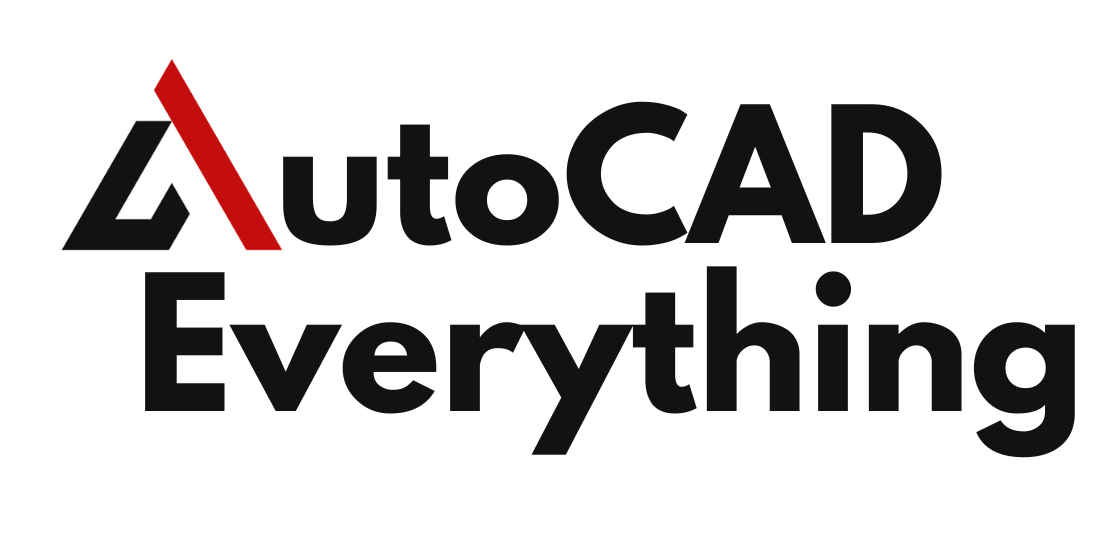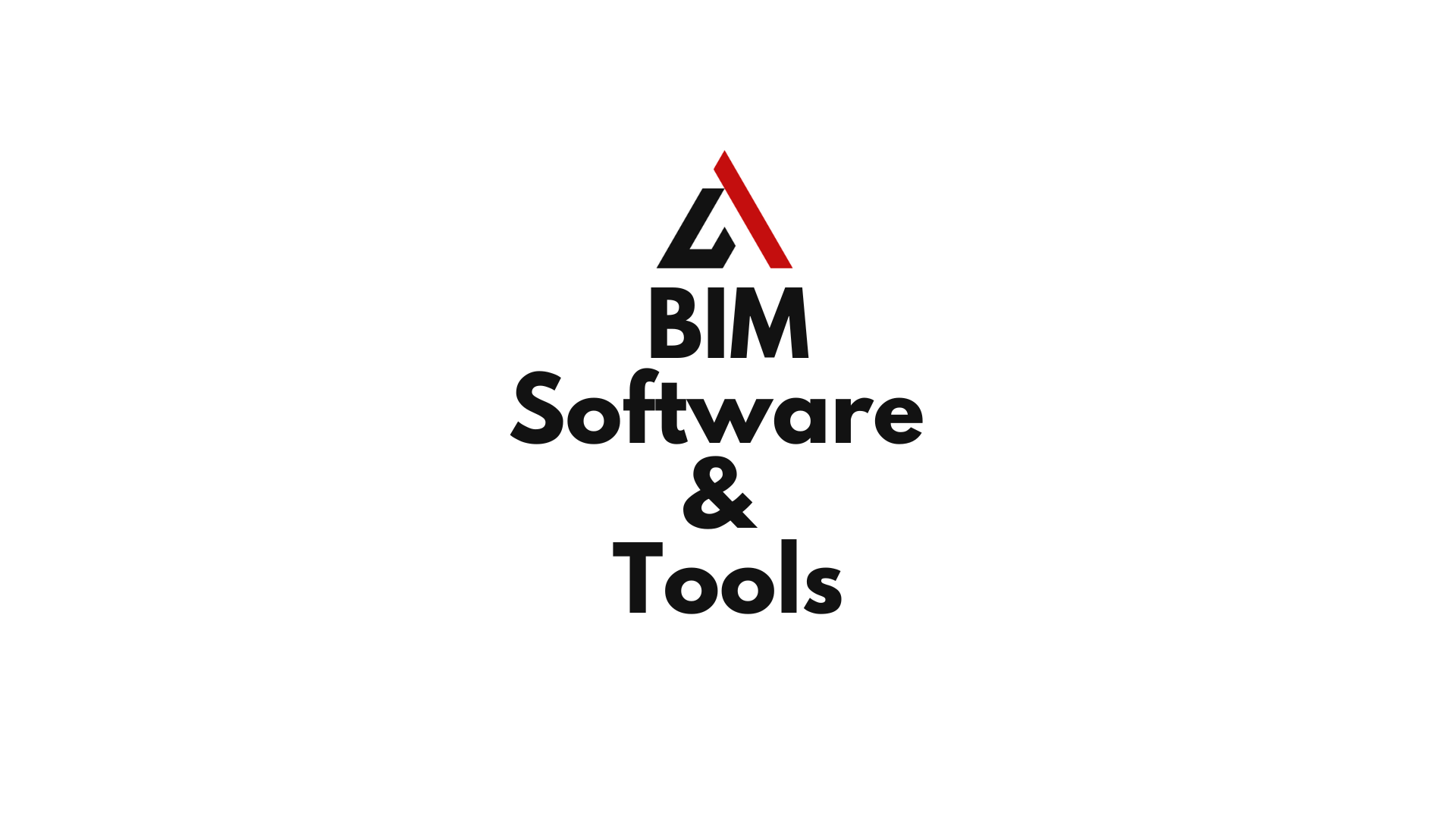Introduction
Building Information Modeling (BIM) has transformed the architecture, engineering, and construction (AEC) industry, making design and construction more efficient, accurate, and collaborative. However, choosing the right BIM software can be challenging, as different tools serve different purposes.
Some BIM tools focus on architectural modeling, while others are designed for structural engineering, MEP design, or project coordination. This article provides a detailed comparison of the top BIM software solutions, including Revit, Archicad, Navisworks, Tekla, Allplan, and more, helping you select the right tool for your needs.
What is BIM Software?
BIM software allows architects, engineers, and construction professionals to create, analyze, and manage intelligent 3D models that include data about a building’s materials, costs, performance, and lifecycle. Unlike traditional 2D CAD drafting, BIM provides:
- Parametric modeling (objects update automatically when modified).
- Multi-disciplinary collaboration in real-time.
- Clash detection to prevent design conflicts.
- 4D (time), 5D (cost), and 6D (sustainability) analysis.
Different BIM tools cater to different AEC roles. Below is a comparison of the top 10 BIM software solutions, highlighting their strengths and weaknesses.
Comparison of the Top BIM Software Solutions
| Software | Best For | Key Features | User Base |
|---|---|---|---|
| Revit | Multi-discipline BIM modeling | Parametric design, BIM 360 cloud, automation | Architects, Engineers, Contractors |
| Archicad | Architectural design | Intuitive interface, OpenBIM, visualization tools | Architects, Designers |
| Navisworks | Clash detection & project coordination | Model aggregation, 4D scheduling | Contractors, BIM Managers |
| Tekla Structures | Structural engineering | Steel & concrete detailing, precast design | Structural Engineers, Fabricators |
| Allplan | Infrastructure & civil engineering | Reinforcement detailing, bridge modeling | Civil Engineers, Infrastructure Designers |
| Vectorworks | Landscape & interior design | Hybrid 2D/3D workflow, flexible modeling | Architects, Interior Designers |
| Bentley OpenBuildings | Large-scale infrastructure projects | Advanced modeling, federated data management | Engineers, Project Teams |
| BIM 360 | Cloud-based collaboration | Document sharing, issue tracking, team workflows | BIM Managers, Contractors |
| DDS-CAD | MEP design & engineering | Electrical, HVAC, and plumbing modeling | MEP Engineers |
| SketchUp Studio | Conceptual 3D modeling | Easy modeling, BIM integration | Architects, Designers |
Now, let’s dive into each software, exploring their features, pros, and cons.
Detailed Overview of Each BIM Software
1. Autodesk Revit – The Industry Standard for BIM
Revit is the most widely used BIM software for architecture, structural, and MEP design. It enables professionals to create parametric, data-driven models with automated documentation and collaboration tools.
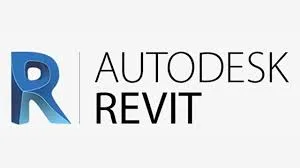
Key Features
✔ Parametric Modeling – Changes update across all views automatically.
✔ Multi-Discipline Collaboration – Architecture, Structure, and MEP in one platform.
✔ BIM 360 Integration – Real-time cloud collaboration.
✔ Automated Construction Documentation – Generates floor plans, sections, and schedules dynamically.
Pros:
✔ Best for large-scale projects and detailed modeling.
✔ Industry standard for BIM professionals.
✔ Extensive plugin support (Dynamo, Enscape, Twinmotion).
Cons:
❌ Steep learning curve.
❌ Hardware-intensive for large models.
2. Graphisoft Archicad – Best for Architectural Design
Archicad is a powerful architectural BIM tool known for its intuitive interface and smooth workflow. It is popular among small to medium-sized firms looking for a flexible and easy-to-use design tool.
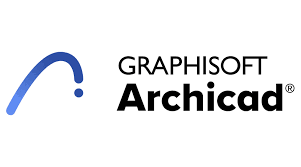
Key Features
✔ Graphical Overrides – Customize visualization styles easily.
✔ OpenBIM Support – Strong IFC compatibility for interoperability.
✔ Built-in Rendering – High-quality visualization tools.
Pros:
✔ Easier learning curve compared to Revit.
✔ Better for early-stage conceptual design.
✔ Strong 2D/3D workflow integration.
Cons:
❌ Limited MEP and structural capabilities.
❌ Less common in large engineering firms.
3. Navisworks – The Best for Model Coordination
Navisworks is a BIM coordination tool used to combine models from Revit, Civil 3D, and other platforms, allowing for clash detection, 4D scheduling, and project review.
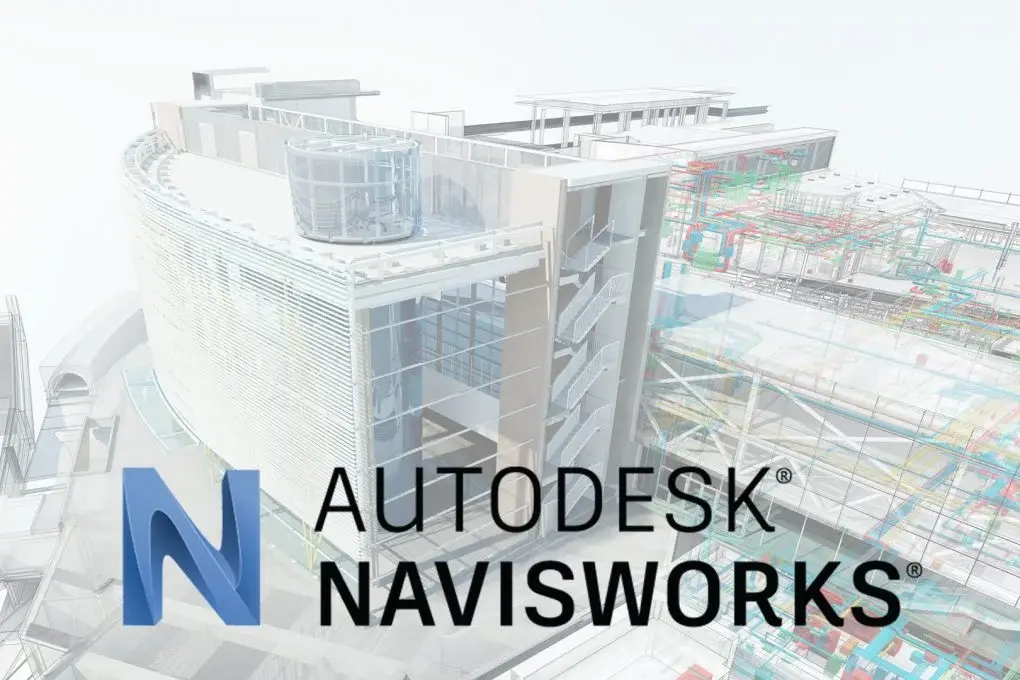
Key Features
✔ Advanced Clash Detection – Resolves design conflicts before construction.
✔ 4D Construction Scheduling – Links the model to a timeline.
✔ Supports Multiple Formats – Imports RVT, DWG, IFC, NWC, and more.
Pros:
✔ Essential for large, multi-discipline projects.
✔ Improves construction planning and risk management.
Cons:
❌ Not a modeling tool – Used for model review only.
❌ Requires BIM-trained professionals to use effectively.
4. Tekla Structures – Best for Structural Engineering
Tekla Structures specializes in steel detailing, concrete reinforcement, and fabrication modeling.
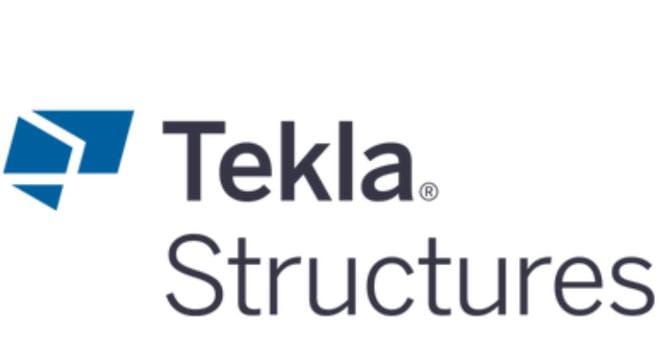
Key Features
✔ Highly detailed structural modeling.
✔ Fabrication-ready designs for steel and concrete.
✔ Automates reinforcement detailing.
Pros:
✔ Best for precast and steel detailing.
✔ Construction-level accuracy.
Cons:
❌ Limited for architectural use.
❌ Not ideal for conceptual design.
5. Vectorworks – Best for Landscape & Interior Design
Vectorworks is a flexible BIM and CAD hybrid ideal for landscape and interior design projects.
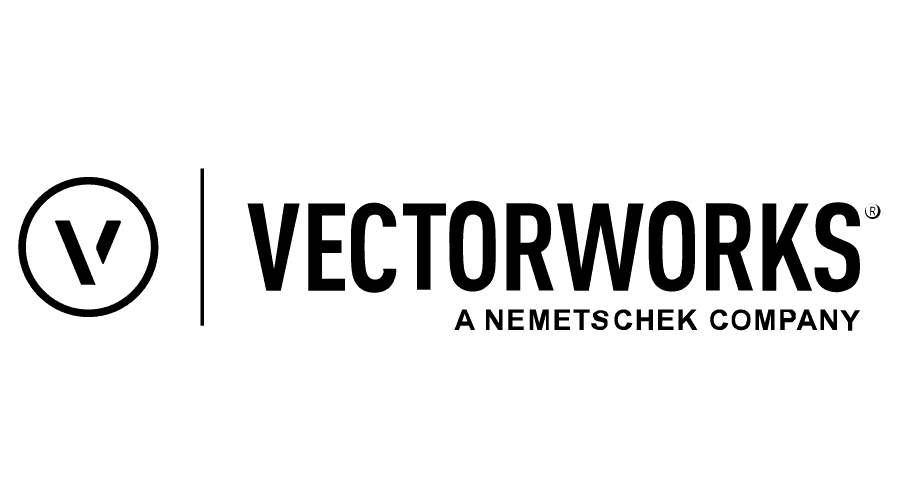
Key Features
✔ 2D & 3D Hybrid Modeling.
✔ Powerful Rendering Engine.
✔ Intuitive User Interface.
Pros:
✔ Great for small architectural firms.
✔ Better 2D drafting tools than Revit.
Cons:
❌ Less optimized for large BIM projects.
❌ Fewer collaboration features.
6. Bentley OpenBuildings – Best for Large-Scale Infrastructure
Bentley OpenBuildings Designer (formerly AECOsim Building Designer) is a BIM software tailored for large-scale infrastructure, commercial buildings, and transportation hubs.

Key Features
✔ Federated BIM Workflow – Works seamlessly with Bentley’s ProjectWise and OpenRail/OpenRoads for infrastructure projects.
✔ Scalable for Large Infrastructure Projects – Optimized for multi-disciplinary collaboration on complex buildings.
✔ Advanced Computational Design – Integrates Generative Components (GC) for parametric and algorithmic modeling.
Pros:
✔ Best for large-scale infrastructure and transportation projects.
✔ Advanced computational design and parametric modeling.
✔ Seamless integration with Bentley’s civil and infrastructure software.
✔ More flexibility in handling multi-disciplinary BIM data than Revit.
Cons:
❌ Steep learning curve for users coming from Revit or Archicad.
❌ Less adoption in small-to-medium-sized architectural firms.
❌ Requires Bentley’s ecosystem (ProjectWise, OpenRoads, etc.) for full efficiency.
7. Allplan – Best for Civil Engineering, Infrastructure, and Reinforcement Detailing
Allplan, developed by Nemetschek, is a BIM and CAD software primarily used in architecture, structural engineering, and civil infrastructure projects.
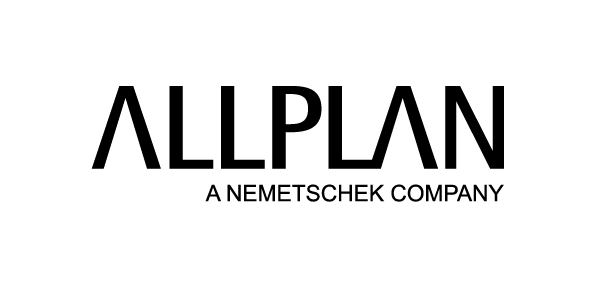
Key Features
✔ Advanced Reinforcement & Precast Detailing – Automates rebar placement, reinforcement modeling, and steel connections.
✔ Flexible 2D & 3D Hybrid Modeling – Allows traditional CAD drafting and BIM modeling in the same platform.
✔ Superior Infrastructure Capabilities – Ideal for bridges, tunnels, roads, and urban planning projects.
Pros:
✔ Best for structural detailing and civil engineering projects.
✔ Advanced reinforcement modeling for steel and concrete structures.
✔ OpenBIM-friendly, making it easy to integrate with other software.
✔ Supports both 2D and 3D workflows, offering flexibility in design and drafting.
Cons:
❌ Not as widely adopted as Revit for general architectural design.
❌ Steep learning curve for users transitioning from traditional CAD workflows.
❌ Requires additional software (e.g., SCIA Engineer) for advanced structural analysis.
8. Autodesk BIM 360 – Best for Cloud-Based BIM Collaboration
Autodesk BIM 360 is a cloud-based collaboration and project management platform designed to enhance BIM workflows, document sharing, clash detection, and real-time coordination for architecture, engineering, and construction (AEC) projects.
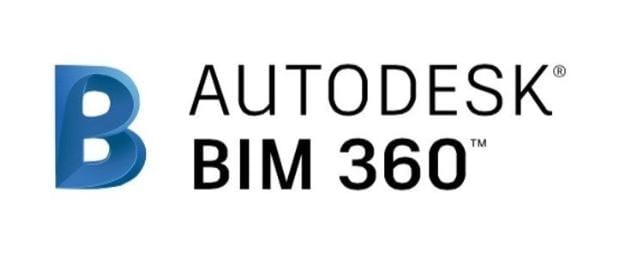
Key Features
✔ Real-Time Cloud Collaboration – Teams can access, edit, and review BIM models from anywhere.
✔ Centralized Document Management – Stores Revit models, DWG files, PDFs, and other project data in one location.
✔ Clash Detection & Model Coordination – Detects conflicts between architecture, structure, and MEP elements before construction begins.
✔ Field Management & Issue Tracking – Helps track site progress, safety compliance, and RFIs (Requests for Information).
Pros:
✔ Improves multi-team collaboration by providing real-time access to BIM models.
✔ Eliminates data silos and version conflicts with centralized document control.
✔ Reduces errors and rework through clash detection and issue tracking.
✔ Enhances field productivity with mobile access to drawings and models.
✔ Integrates with Autodesk Construction Cloud for full project lifecycle management.
Cons:
❌ Subscription-based pricing can be expensive for small firms and freelancers.
❌ Requires a strong internet connection for smooth performance.
❌ Not a BIM modeling tool—used for collaboration and coordination only.
9. DDS-CAD – Best for MEP
DDS-CAD, developed by Data Design System (DDS) and now part of Graphisoft/Nemetschek Group, is a specialized BIM software for MEP (Mechanical, Electrical, and Plumbing) design.
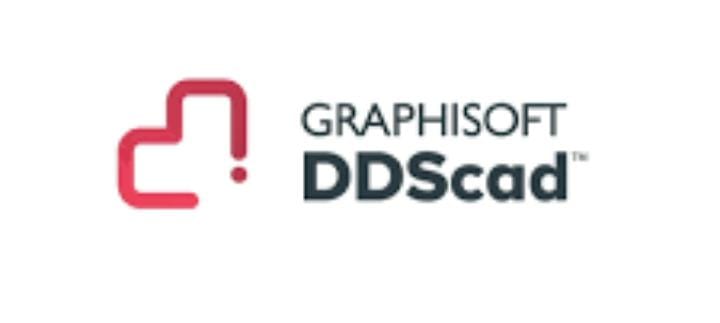
Key Features
✔ Comprehensive MEP Design – Includes HVAC, electrical, plumbing, fire protection, and energy analysis.
✔ Intelligent Routing & Auto-Calculations – Automatically sizes ducts, pipes, and cables based on loads.
✔ Clash Detection & Coordination – Prevents collisions between MEP, structural, and architectural elements.
Pros:
✔ Highly specialized for MEP workflows, offering advanced tools not available in general BIM software.
✔ Automated calculations ensure proper sizing of pipes, ducts, and wiring.
✔ OpenBIM compatibility allows smooth integration with other BIM software (e.g., Revit, Archicad, Allplan).
✔ Prevents costly MEP installation mistakes through intelligent clash detection.
Cons:
❌ Limited to MEP design—not a general BIM tool for architecture or structure.
❌ Not as widely adopted as Revit MEP, requiring additional training.
❌ Subscription-based pricing can be expensive for small firms.
10. SketchUp Studio – Best for Conceptual 3D Modeling
SketchUp Studio is a powerful 3D modeling tool primarily used for conceptual design, early-stage BIM modeling, and visualization.

Key Features
✔ Fast and Intuitive 3D Modeling – Drag-and-drop interface with easy-to-learn tools.
✔ BIM Integration & IFC Support – Exports models to Revit, Archicad, and IFC formats.
✔ V-Ray Rendering Engine – Includes photorealistic rendering for visualization.
Pros:
✔ Easy to learn, making it ideal for beginners and non-technical users.
✔ Great for conceptual and schematic design before moving to full BIM workflows.
✔ Strong visualization tools, including V-Ray rendering and real-time shading.
✔ Works well with other BIM software, supporting IFC exports and CAD interoperability.
✔ Includes Scan Essentials, enabling users to convert point cloud data into 3D models.
Cons:
❌ Not a full-fledged BIM software—lacks parametric modeling and intelligent object data.
❌ Limited clash detection and scheduling tools compared to Revit or Navisworks.
❌ Requires plugins for advanced features like structural modeling or MEP design.
Conclusion: Which BIM Software Should You Choose?
Each BIM software tool serves a specific purpose in the AEC industry. Revit is the most widely adopted BIM tool, while Archicad is preferred for architectural design. Navisworks is crucial for project coordination, and Tekla excels in structural detailing. The right BIM tool depends on your role, project scale, and collaboration needs.
If you’re looking for an all-in-one BIM solution, Revit is the best choice. For architecture-focused workflows, Archicad is ideal. Navisworks and Tekla complement BIM workflows by enhancing coordination and structural detailing. 🚀
